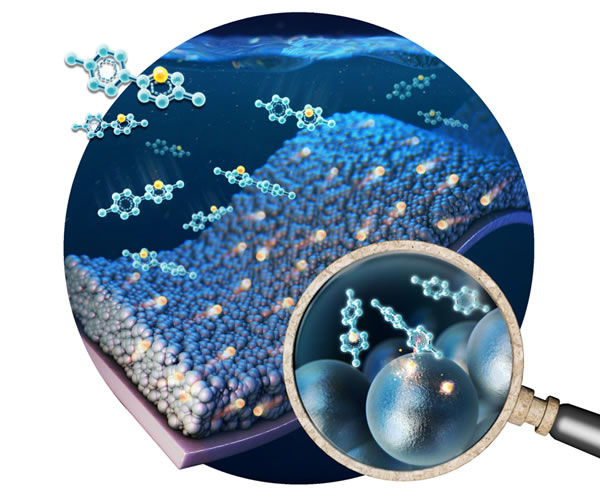According to foreign media reports, a group of South Korean researchers have developed a processing technology that can maximize the energy density of high-capacity batteries. A joint research team composed of Dr. Minah Lee and Dr. Jihyun Hong from the Korea Institute of Science and Technology (KIST) Clean Energy Institute announced that it has developed a technology that can solve a long-standing problem with silicon-based anode materials. Problem, and the solution is simple.

(Image source: KIST)
In lithium-ion batteries, the energy storage of silicon anode materials is 4 times that of graphite anode materials, which can greatly increase the cruising range of electric vehicles, so this material has attracted more and more attention. However, during the initial charge-discharge cycle, batteries equipped with silicon-based anodes will lose more than 20% of lithium ions, resulting in a decrease in battery capacity. To solve this problem, the researchers studied a method of preloading lithium or prelithiation, that is, before the battery is assembled, additional lithium is added to compensate for the lithium lost during the battery cycle. Currently, the use of lithium powder and other methods has the disadvantages of potential safety hazards and high cost.
Dr. Lee and Dr. Hong of KIST have developed a technology that can use lithium-containing solutions instead of lithium powder and preload lithium ions to prevent the loss of lithium from silicon-based anodes. Simply immersing an electrode in a customized solution for 5 minutes is sufficient to successfully preload lithium, because through a spontaneous chemical reaction, electrons and lithium ions are inserted into the silicon-based anode. Unlike the traditional method of adding lithium powder to the electrode, which causes uneven lithium distribution, this customized pre-lithiation solution can quickly penetrate the electrode to ensure that the lithium enters the silicon oxide uniformly.
The pre-lithiated silicon-based anode battery developed by the research team has less than 1% loss of active lithium during the first charge, and the initial battery efficiency is as high as 99% or even higher. Compared with similar graphite anode batteries on the market (406 Wh/kg—504 Wh/kg), the energy density of batteries made with pre-lithiated anodes is 25% higher.
Dr. Lee, who led the research, said: "By incorporating computational materials science and technology into the optimal molecular structure design, we were able to greatly improve the efficiency of high-capacity silicon-based anodes using only simple methods of controlling the temperature and reaction time of the solution. Because this technology can be easily applied to the roll pressing process used in existing battery production facilities, this method has the potential to use silicon-based anodes in actual batteries, thereby bringing breakthroughs."
Co-Principal Investigator Dr. Hong said: "This cooperation can be achieved because KIST encourages members of different research teams to conduct joint research. This pre-lithiation technology can increase the range of electric vehicles by at least 100 kilometers on average." (Yu Qiuyun )
The application of Si3N4 ceramics on automotive engines has opened up a new dimension for the development of new high-temperature structural materials. The automobile industry itself is a multidisciplinary industry that integrates all kinds of science and technology. China is an ancient civilization with a long history. It has made brilliant achievements in the history of ceramic development. With the progress of reform and opening up, one day, China also It is bound to be among the world's major auto industry countries, creating new glory for the development of ceramics.
Silicon Nitride Ceramic Bar,Aluminum Ceramic Round Rod,Industrial Silicon Nitride,Silicon Nitride Ceramic Rod
Dongguan Haikun New Material Co., Ltd. , https://www.nitrideceramic.com